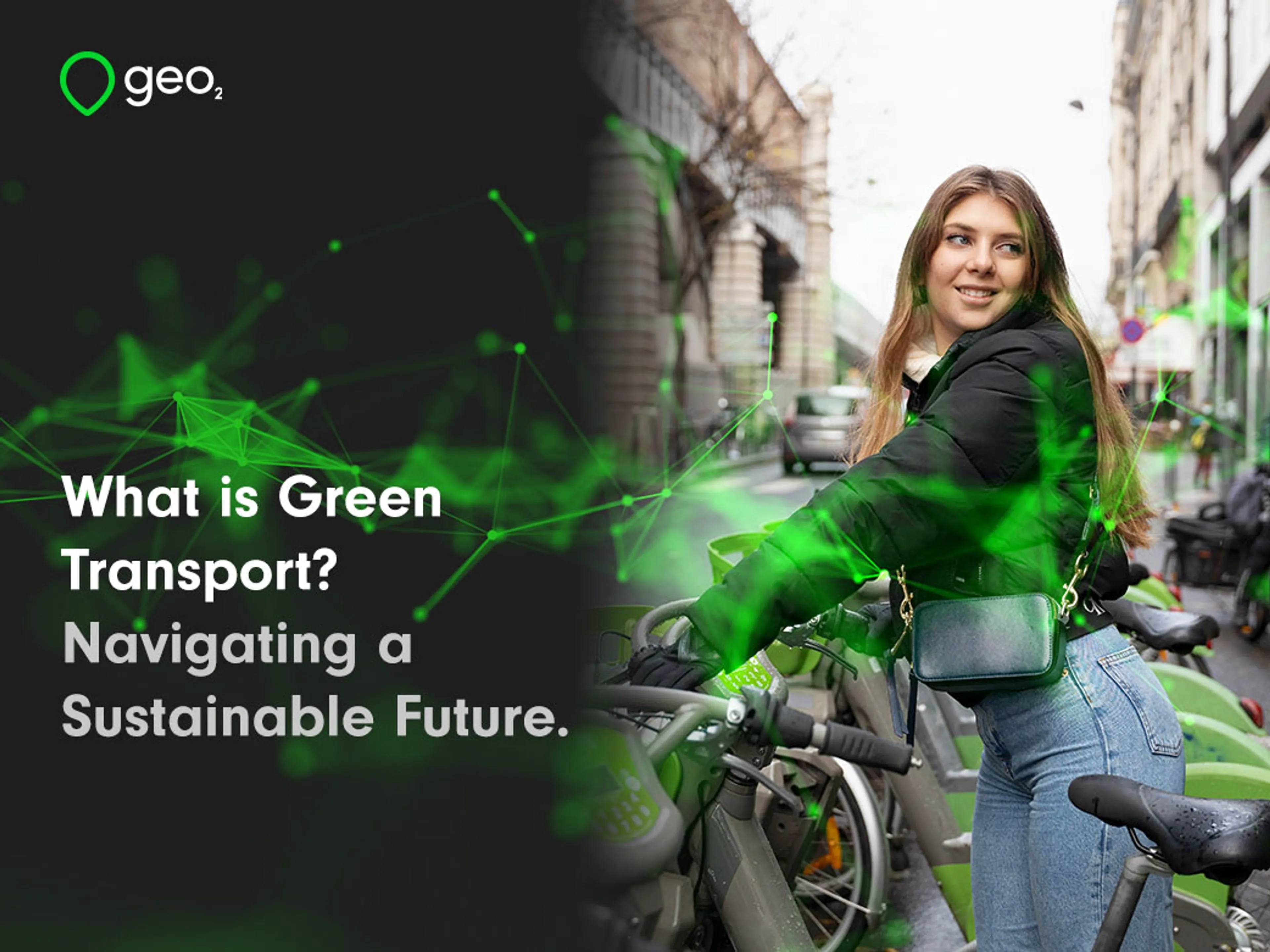
What is Green Transport? Navigating a Sustainable Future
As concerns about climate change and environmental sustainability grow, the need to adopt greener lifestyles becomes more pressing. One crucial aspect of this shift is green transport. This article explores green transport: what it is, why it matters, the types available, and the most efficient options.
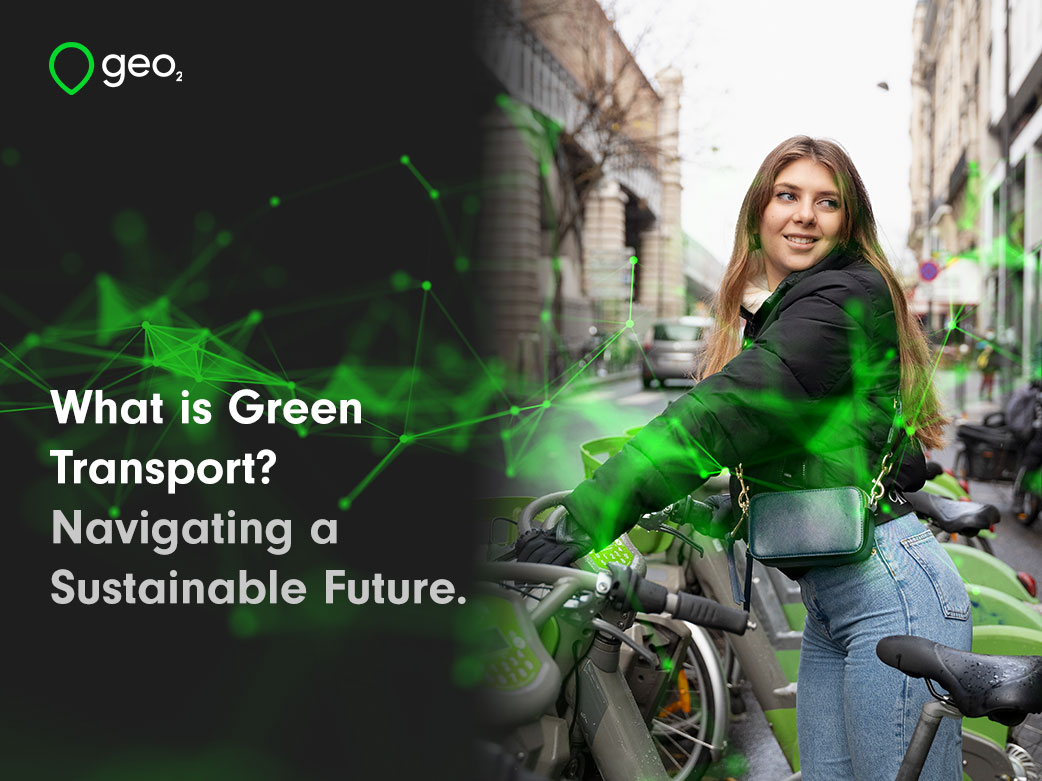
What is Green Transport?
Navigating a Sustainable Future.
Introduction to Green Transport.
As concerns about climate change and environmental sustainability grow, the need to adopt greener lifestyles becomes more pressing. One crucial aspect of this shift is green transport. This article explores green transport: what it is, why it matters, the types available, and the most efficient options.
Need help choosing a TMS?
Download the Free Guide Now.
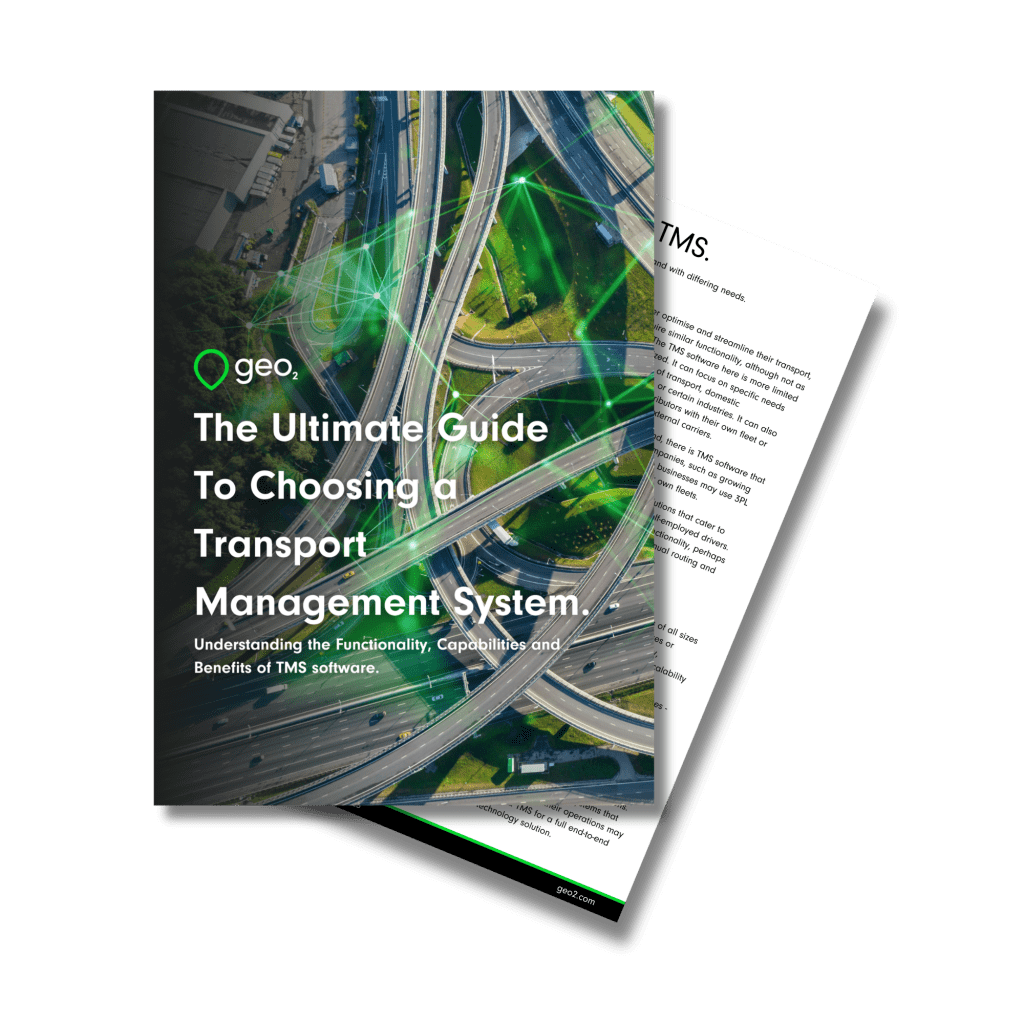
Table of Contents.
What is Green Transportation?
Green transport refers to modes of transportation that have a minimal negative impact on the environment. The goal of green transport is to create a sustainable and eco-friendly transportation system that meets our needs today, without compromising future generations.
The Importance of Adopting Green Transport.
The transport sector plays a large role in creating global greenhouse gas emissions. Some reports suggest it accounts for up to 21% of global emissions. This is down to the heavy reliance on fossil fuels to power combustion engines. A transport management system with route optimization - such as Geo2 - can help reduce these emissions by up to 30%.
By adopting green transport solutions, we can:
- Reduce Environmental Impact: Lower emissions mean less air pollution and a smaller carbon footprint.
- Promote Public Health: Cleaner air leads to fewer respiratory problems and other health issues.
- Enhance Energy Security: Reducing dependence on fossil fuels decreases vulnerability to supply disruptions and price volatility.
- Support Sustainable Development: Green transport infrastructure can create jobs and promote economic growth while protecting natural resources.

Different Types of Green Transportation.
Electric Vehicles (EVs)
Electric vehicles are powered by electricity rather than gasoline or diesel. They produce zero exhaust emissions and are more energy-efficient compared to traditional internal combustion engine vehicles. EVs are becoming increasingly popular because of advancements in battery technology and the expansion of charging infrastructure.
Bicycles and Pedestrian Transport
Cycling and walking are the epitome of green transport. They produce no emissions, require no fuel, and offer significant health benefits. Many cities are investing in bike lanes and pedestrian-friendly infrastructure to encourage these modes of transport.
Public Transport
Buses, trams, and trains can carry many passengers simultaneously, reducing the number of individual vehicles on the road. When powered by renewable energy sources, public transport becomes even more eco-friendly.
Hybrid Vehicles
Hybrid vehicles combine an internal combustion engine with an electric motor. This allows them to achieve better fuel efficiency and lower emissions compared to conventional vehicles. They're a good choice for people looking to go greener without fully switching to an electric vehicle.
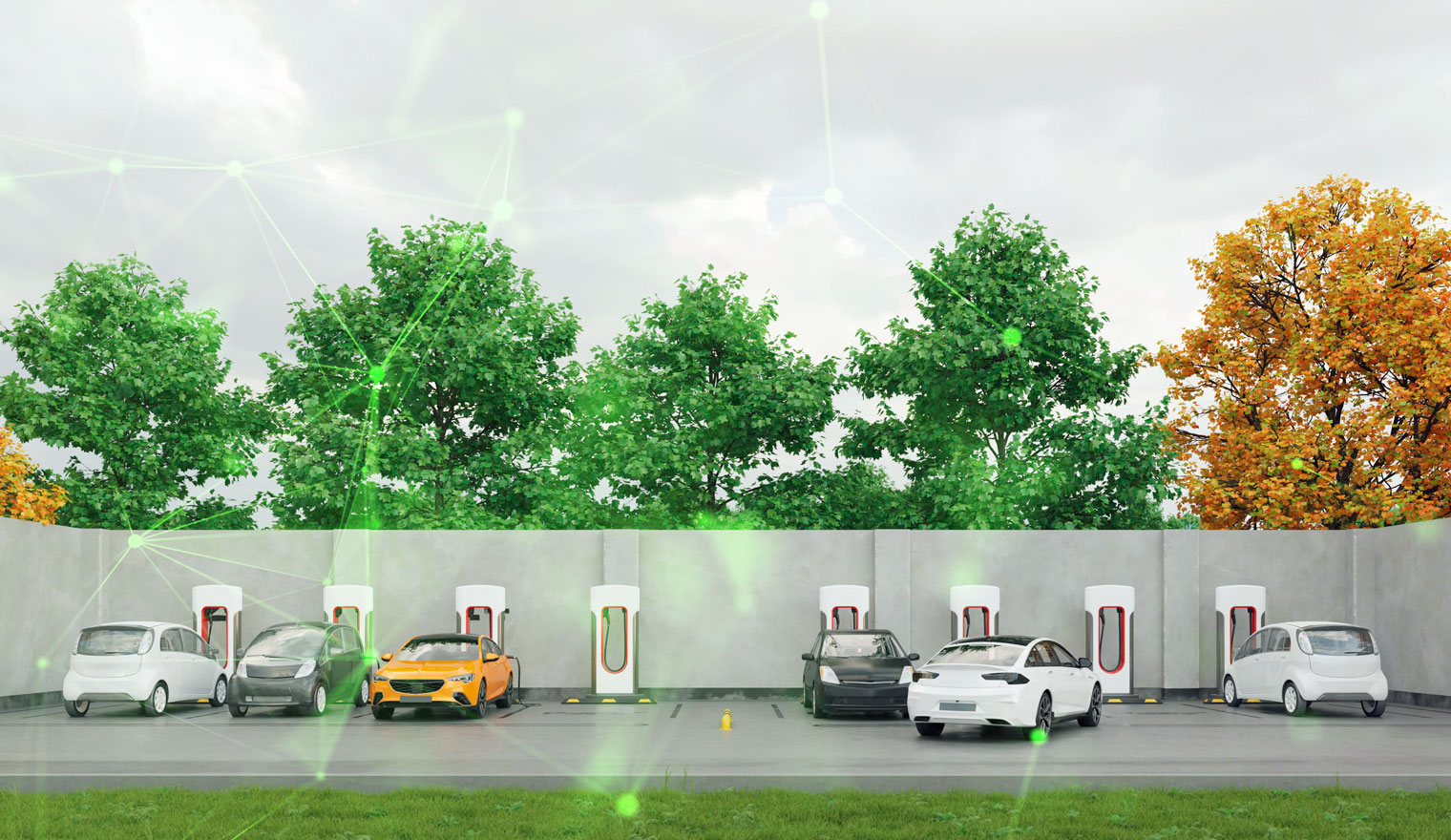
Table of Contents.
The Most Efficient Type of Green Transportation
Criteria for Efficiency
To determine the most efficient type of green transportation, we must consider various factors:
- Energy Consumption: How much energy does the mode of transport consume per mile?
- Emission Levels: What is the level of greenhouse gas emissions produced?
- Cost: What are the upfront and ongoing costs associated with the transport mode?
- Scalability: Is it possible to expand and adapt it to serve the broader population effectively?
Comparison of Efficiency Among Types
When comparing different types of green transportation, electric vehicles (EVs) often come out on top. Here's why:
- Energy Consumption: EVs are highly efficient, converting about 60% of the electrical energy from the grid to power the wheels. In contrast, conventional gasoline vehicles convert only about 20% of the energy stored in gasoline.
- Emission Levels: EVs produce zero exhaust emissions. When considering the emissions from electricity generation, they typically have a lower carbon footprint than gasoline or diesel vehicles.
- Cost: While the initial cost of EVs can be higher, lower operating and maintenance costs often make them more economical in the long run.
- Scalability: With the growing number of charging stations and advancements in battery technology, EVs are becoming increasingly practical and scalable.
However, it's important to note that the most efficient type of green transport can vary depending on the context. For short distances and urban areas, bicycles and pedestrian transport might be the most efficient and practical options.
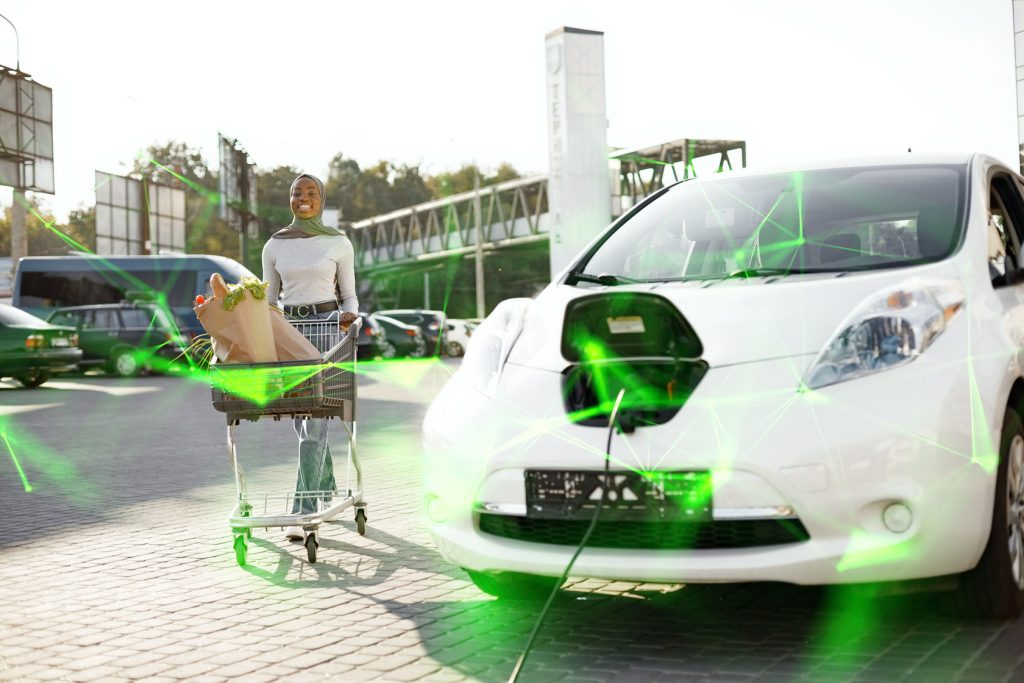
The Future of Green Transportation
Technological Advances
The future of green transport looks promising with continuous advancements in technology. Innovations like self-driving electric cars, better battery storage, and hydrogen fuel cells are about to transform transportation. These technologies promise even greater efficiency and lower environmental impacts.
Policy and Infrastructure Support
Government actions and building better infrastructure are key to getting more people to use green transport. Offering tax credits, subsidies, and putting money into public transport and charging stations can help speed up the move to eco-friendly transportation options.
Practical Tips for Adopting Green Transportation
- Choose Public Transport: Whenever possible, opt for buses, trains, or trams instead of driving.
- Invest in an EV or Hybrid: Consider switching to an electric or hybrid vehicle for your daily commute.
- Cycle or Walk: For short trips, cycling or walking can be the most efficient and eco-friendly options.
- Carpool: Share rides with colleagues or friends to reduce the number of vehicles on the road.
- Plan Efficient Routes: Use navigation apps to find the most efficient routes and avoid unnecessary idling.
Conclusion.
Choosing green transport brings many benefits. It cuts pollution, saves resources, and boosts the economy by creating jobs in sustainable transport. Green transportation options like biking, walking, electric cars, and public transport help to build a sustainable future.
Ready to make a positive change? Evaluate your transportation habits. How often do you use personal vehicles versus public transport? Consider cycling, walking for short trips, or carpooling.
Adopting greener options can make a big difference. Every small step counts towards a sustainable future. Let's embrace change for a cleaner, healthier planet.

Frequently Asked Questions (FAQ) on Green Transportation.
What is green transportation?
Green transportation refers to modes of transportation that have a lower environmental impact compared to traditional methods. This includes electric vehicles (EVs), bicycles, walking, hybrid vehicles, and public transport systems that operate on renewable energy sources.
Why is adopting green transportation important?
Adopting green transportation is crucial for reducing environmental pollution, lowering global greenhouse gas emissions, promoting public health, enhancing energy security, and supporting sustainable development.
How does an electric vehicle work?
An electric vehicle (EV) operates on electric power stored in batteries, which powers an electric motor to move the vehicle. Unlike traditional vehicles that run on gasoline or diesel, EVs emit no tailpipe pollutants.
Can green transportation really help in fighting climate change?
Yes, using green transportation can really help fight climate change. It reduces our reliance on fossil fuels, a major source of CO2 emissions and other greenhouse gases. Switching to green transportation can cut these emissions, helping to combat climate change.
Are electric vehicles expensive?
The initial purchase price for electric vehicles can be higher than that for conventional vehicles. However, the total cost of ownership is often lower for EVsbecause of lower fuel and maintenance costs. Additionally, many governments offer incentives that can reduce the purchase price of EVs.
How can I contribute to green transportation if I cannot afford an electric vehicle?
There are several ways to support green transportation without owning an electric vehicle. Using public transport, biking, walking, carpooling, and planning efficient routes are all effective strategies for reducing one's carbon footprint.
What future advancements can we expect in green transportation?
Future developments in green transportation could see better battery technology for electric vehicles, making them cheaper and more efficient. We might also see more public transport powered by renewable energy. Advances in hydrogen fuel cell technology, and more government backing for eco-friendly transport projects.
How can policies support the adoption of green transportation?
Policies can support green transportation by providing incentives for purchasing low-emission vehicles and investing in renewable energy infrastructure. They can also support the development of bike lanes, pedestrian paths and offering subsidies for public transportation.
What does the future of hydrogen cars look like?
The future of hydrogen cars looks promising. With the increasing demand for eco-friendly and sustainable transportation options, there is a growing interest in hydrogen fuel cell technology. This clean energy source has the potential to revolutionize the automotive industry.





